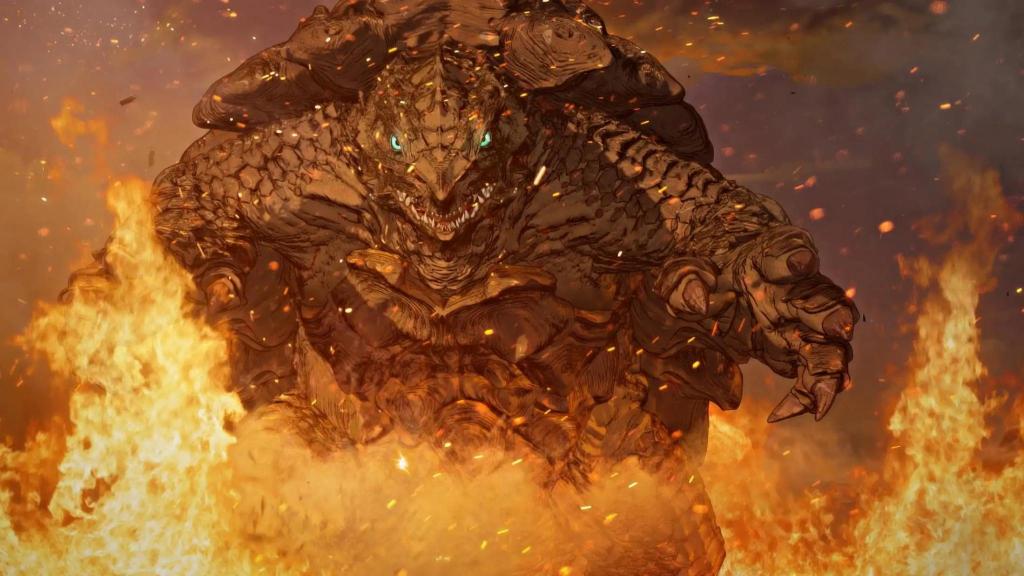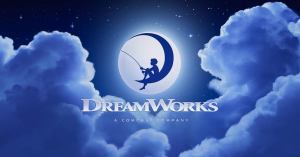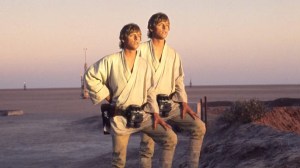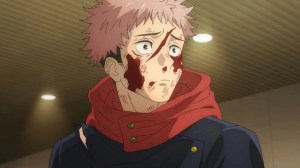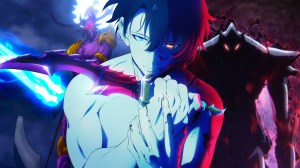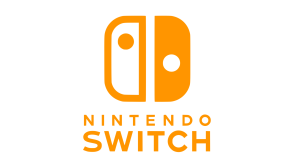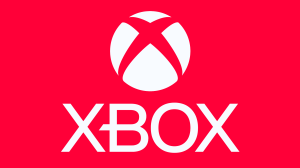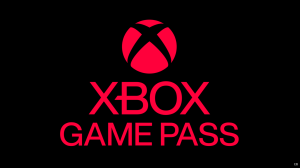Plenty of smaller studios all over the world tried to rip off the success of Toho’s 1954 classic Gojira. Even Toho themselves did it with Varan the Unbelievable and, to a lesser extent, Rodan. The Americans had The Giant Gila Monster, Dinosaurs!, and, later on, stuff like Cloverfield and Rampage starring Dwayne Johnson. The British had The Giant Behemoth and Gorgo while the Danish had Reptilicus. Heck, even the North Koreans threw their hat in the ring with Pulgasari…after having kidnapped its director, Shin Sang-ok. Besides Cloverfield, not one of those aforementioned films so much as led to a sequel, prequel, or spinoff (though Rodan and Varan did make appearances in some of Godzilla’s movies).
Videos by ComicBook.com
1965’s Gamera, the Giant Monster, however, did get a longer lease on life. In fact, like Godzilla, the Gamera franchise has been so successful it’s spanned multiple eras (specifically, the Shōwa era, the Heisei era, and factoring in the original net animation Gamera Rebirth, the Reiwa era). So why haven’t more people heard of it?
How Did Gamera Come to Be?
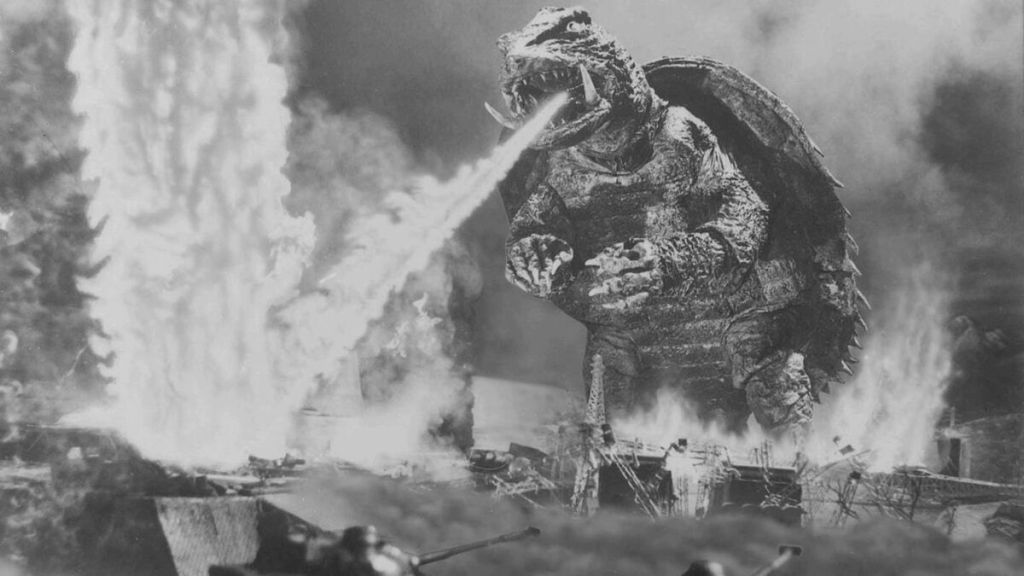
Daiei Film isn’t as close to being a household name as Toho is, but they still knew an opportunity when they saw one. After Gojira and Alfred Hitchcock’s The Birds proved to attract attention even outside their respective home countries, Daiei got to working on a kaiju all their own. But it wasn’t an overnight thing, the opportunity only made itself clear after Gojira had received the sequels Godzilla Raids Again, King Kong vs. Godzilla, and Mothra vs. Godzilla.
Even still, 11 years after the release of Gojira, Daiei’s Gamera, the Giant Monster hit Japanese theaters. It’s the pretty simple story of a turtle irradiated by an atomic bomb, which then storms its way across the Arctic. It’s as close to straightforward and serious as the Gamera IP got during the Shōwa era.
Through the next six years, Gamera was something of an annual staple. Naturally, each one of those sequels had him faceoff against a different monster. And, while it took Godzilla a few movies to switch from antagonist to protagonist, Gamera dropped his antagonism right off the bat.
First was Gamera vs. Barugon in 1966, then the best of the bunch, Gamera vs. Gyaos, in 1967. After that, the budgets started to sbe ignificantly narrower than they already were just as the slim plots only grew more ludicrous. For instance, Gamera vs. Viras and Gamera vs. Guiron (which had the turtle go up against an alien with a knife for a head) had less than half the price tag of Gyaos. The 1970s had Gamera vs. Jiger and Gamera vs. Zigra (the latter of which is essentially a bird shark that shoots a laser out of its face) at which point there was a long delay until 1980’s Gamera: Super Monster, which is effectively a parade of stock footage from the previous seven movies.
[RELATED: Toho President Wants Godzilla as Ambassador to United States]
How Did Gamera Continue Through the Heisei Era?
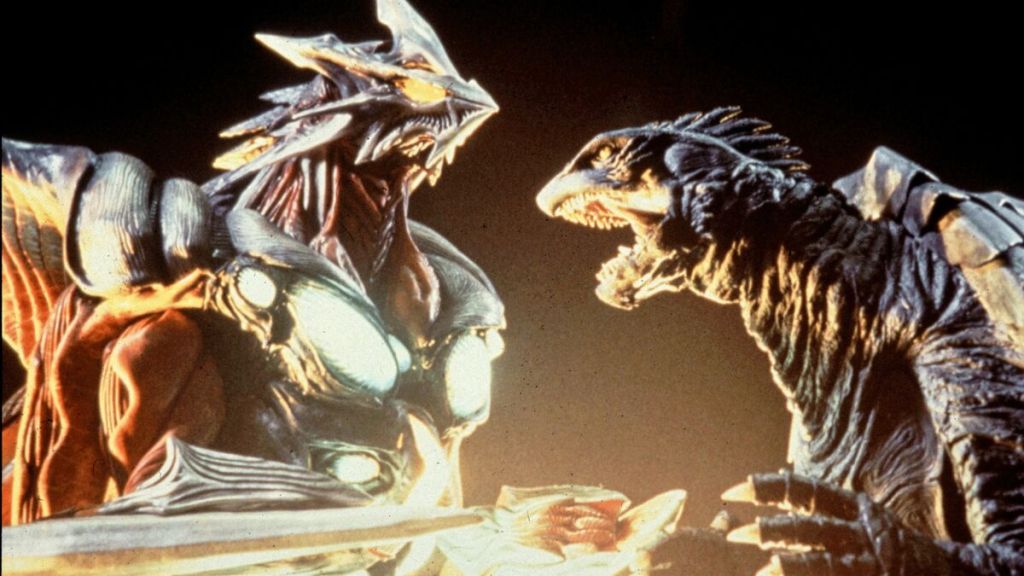
Godzilla’s seven-film Heisei era continued the winning streak experienced by much of the Shōwa era. Gamera, however, vastly improved upon the quality of its Shōwa era with the more serious and grounded Heisei trilogy. It kicked off with Gamera: Guardian of the Universe, which had him go up against Gyaos again, then against two new villains in Gamera 2: Attack of Legion and Gamera 3: Revenge of Iris. The trilogy-capper is considered by many to be the best installment in the franchise’s history. However, it wasn’t Iris that concluded the Heisei era, but rather the baby Gamera movie, Gamera the Brave (the only live-action film not to be distributed by Daiei Film).
So what separates Gamera from Godzilla? It all comes down to tone and presentation. Godzilla may often be considered “kiddie” fare by the layman, but it’s really Gamera that owns that title. Yet, ironically, Gamera arguably showed more graphic violence in its Shōwa era than the arterial sprays seen in Godzilla vs. Mechagodzilla and Godzilla vs. Gigan, with monster limbs being lost as often as not.
As for presentation, Gamera typically had about half the budget of one’s average G-film or less. And it showed. But, for those looking for rather innocuous check-your-brain-at-the-door entertainment, Gamera is a great choice.

